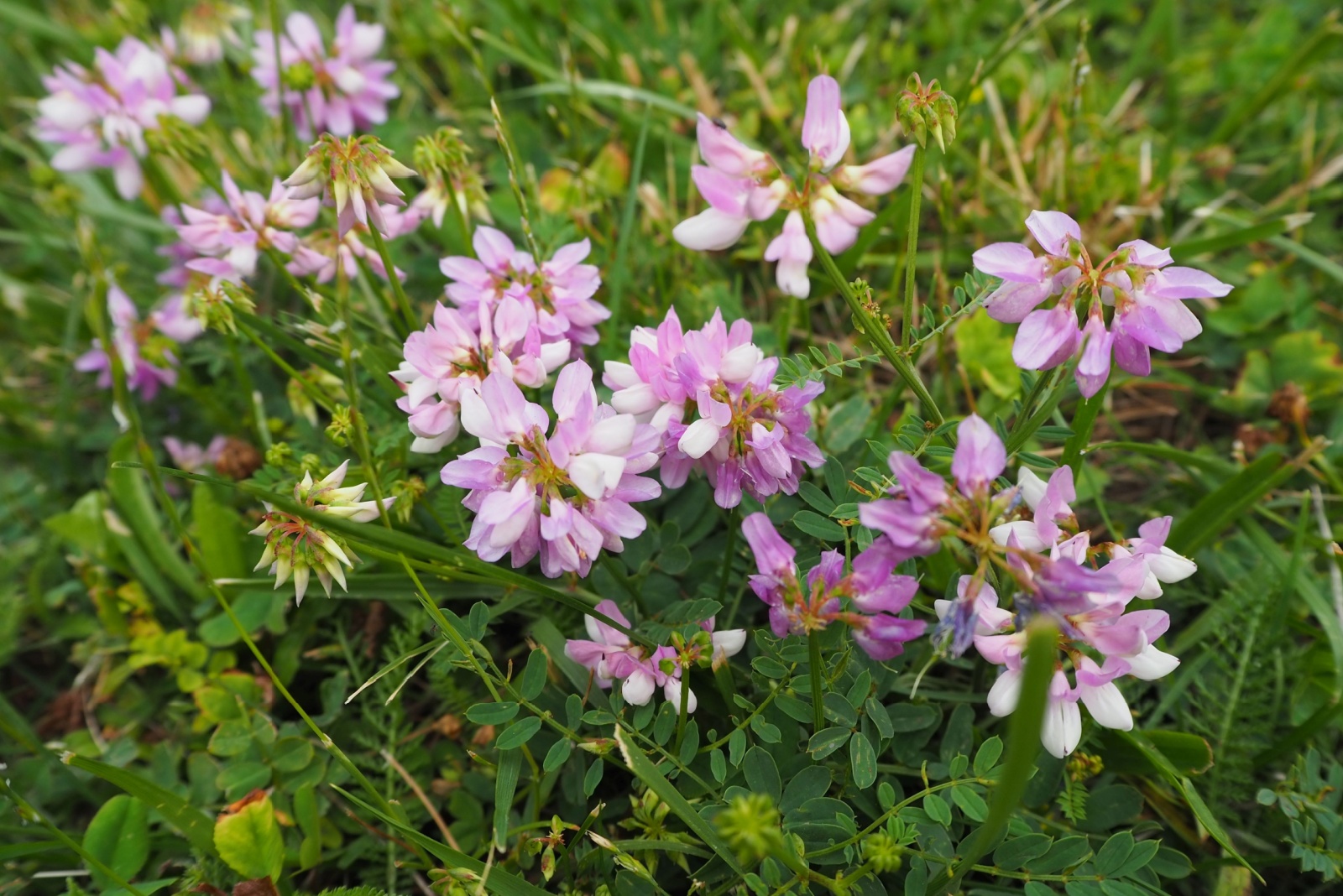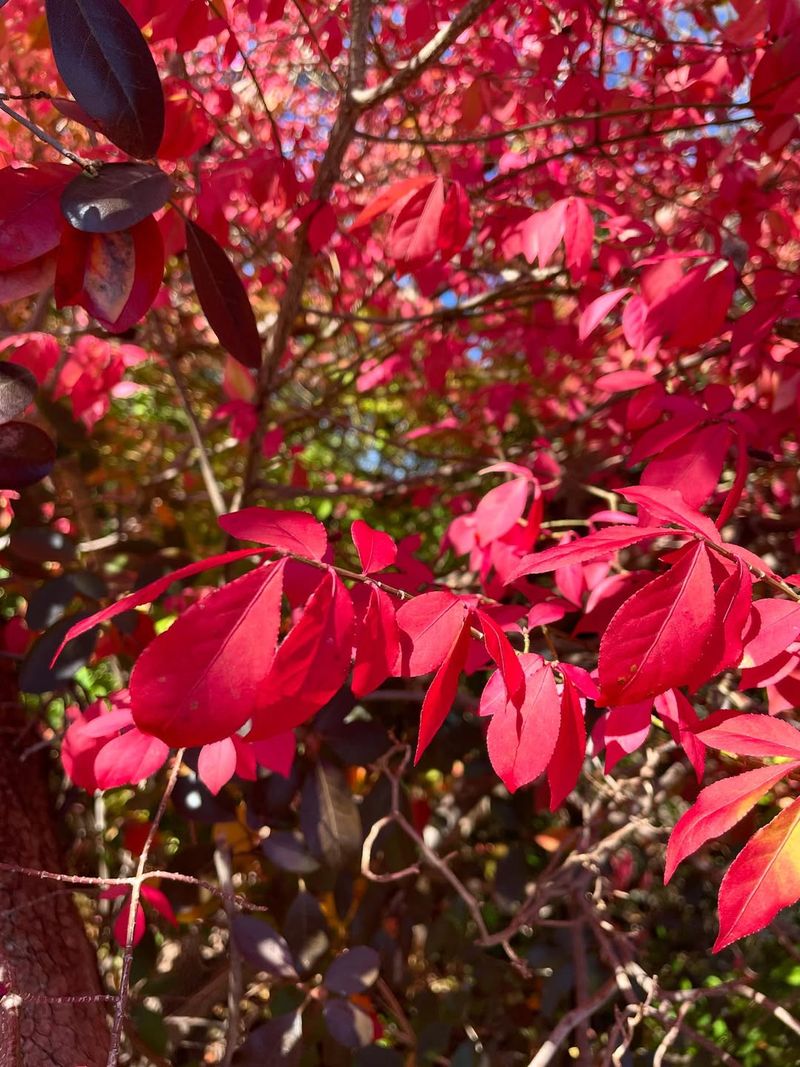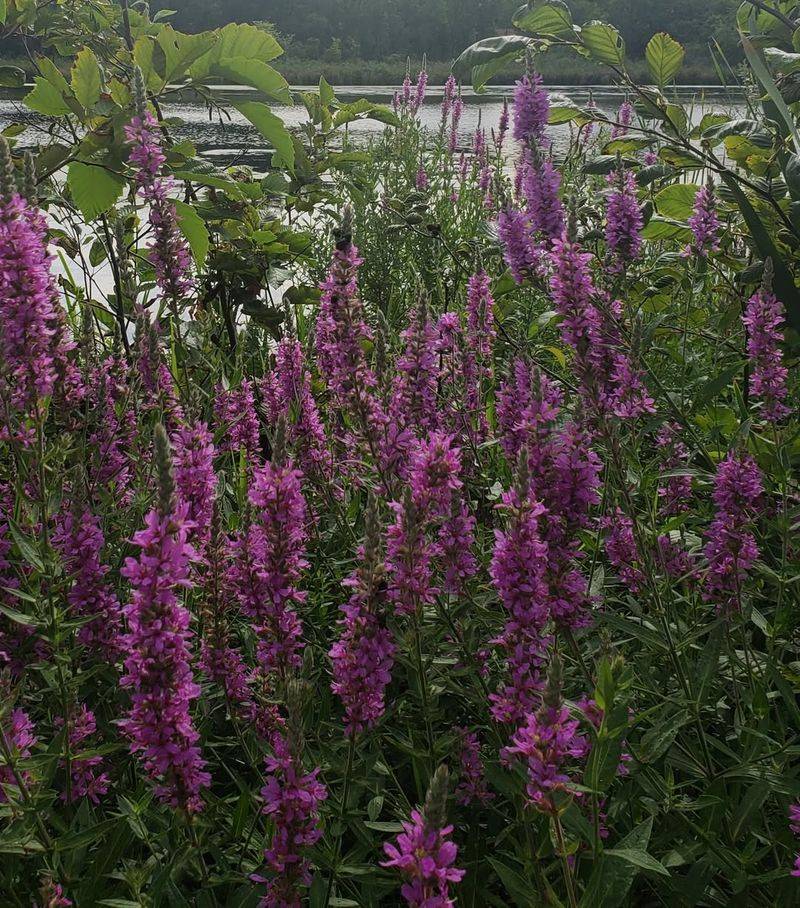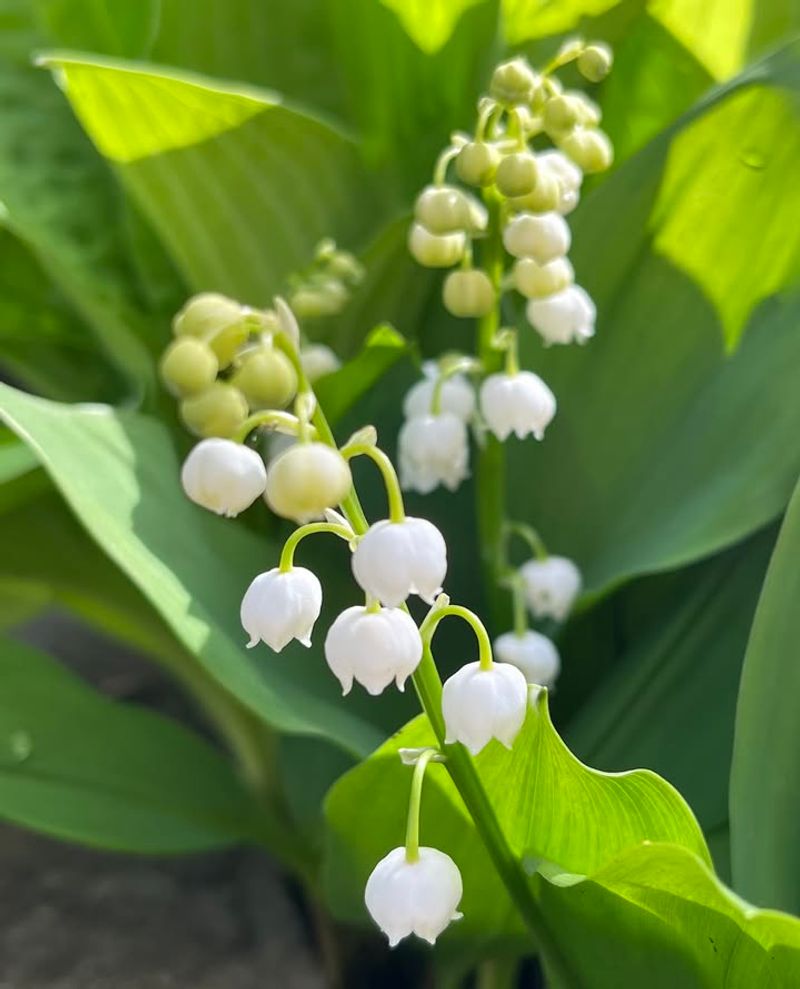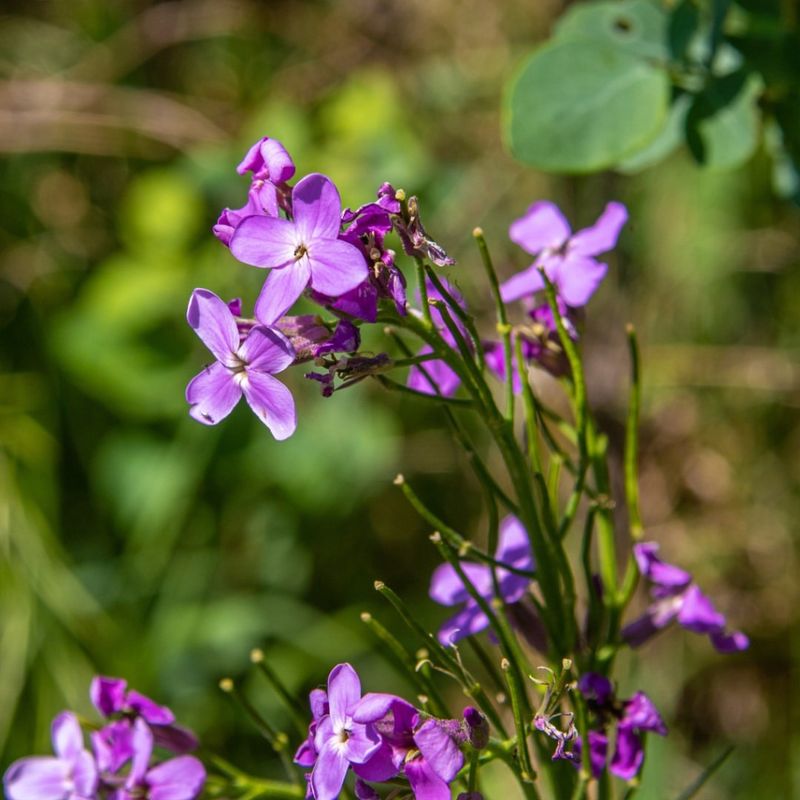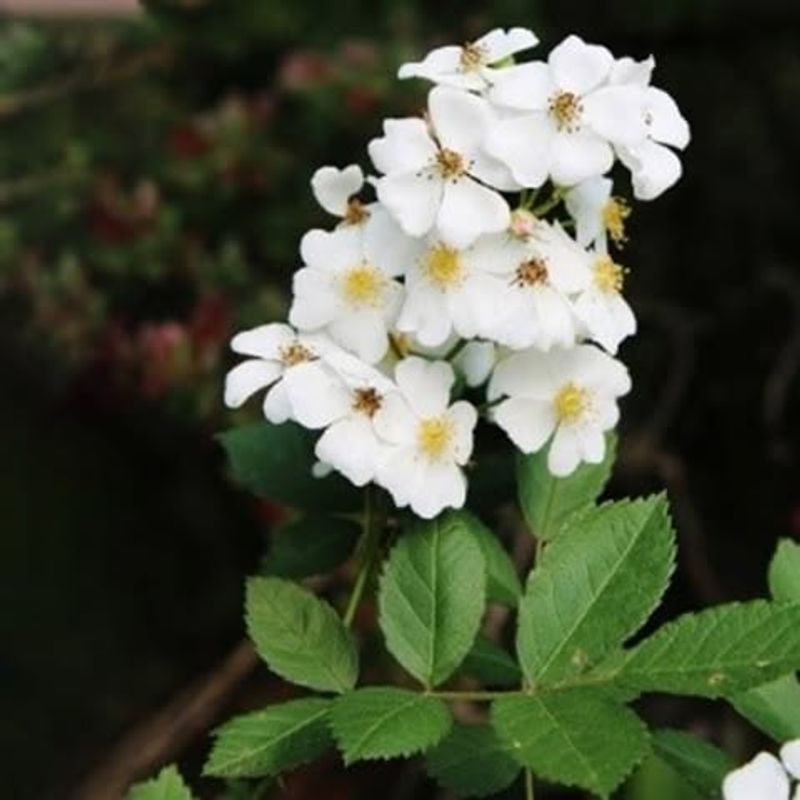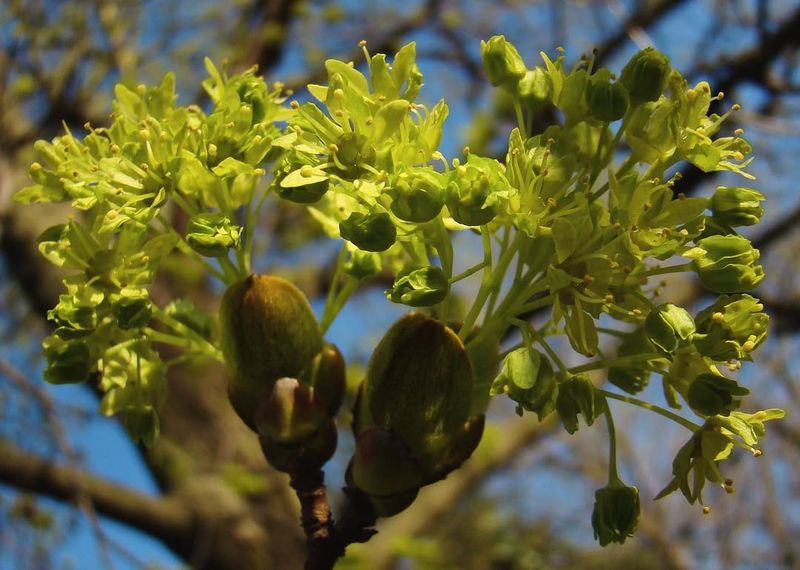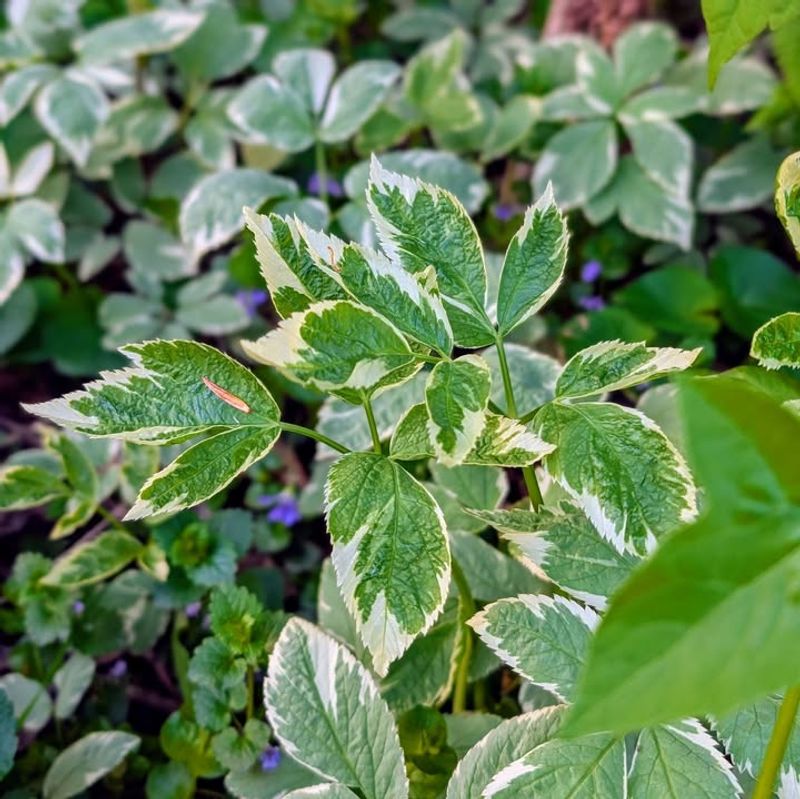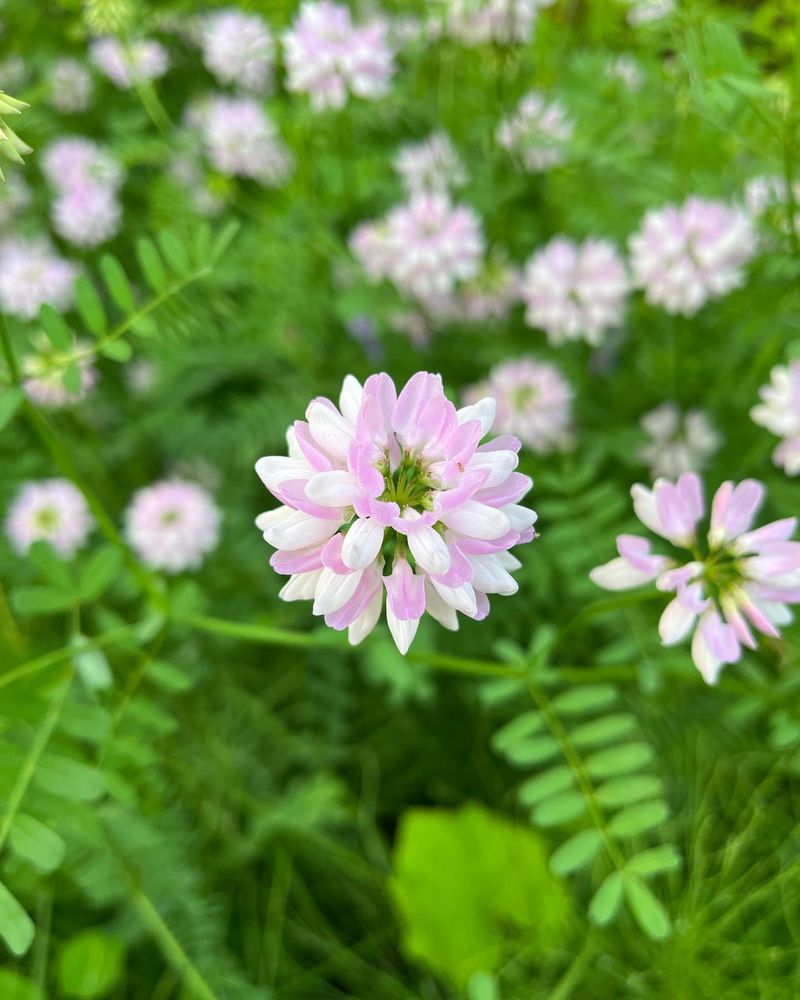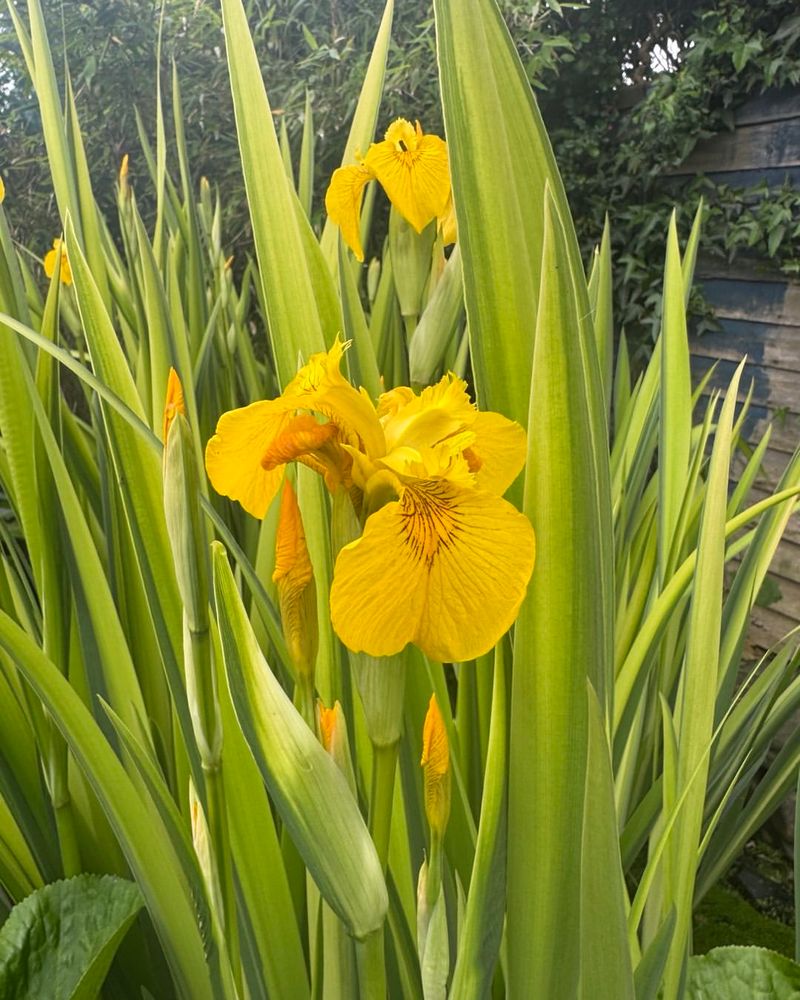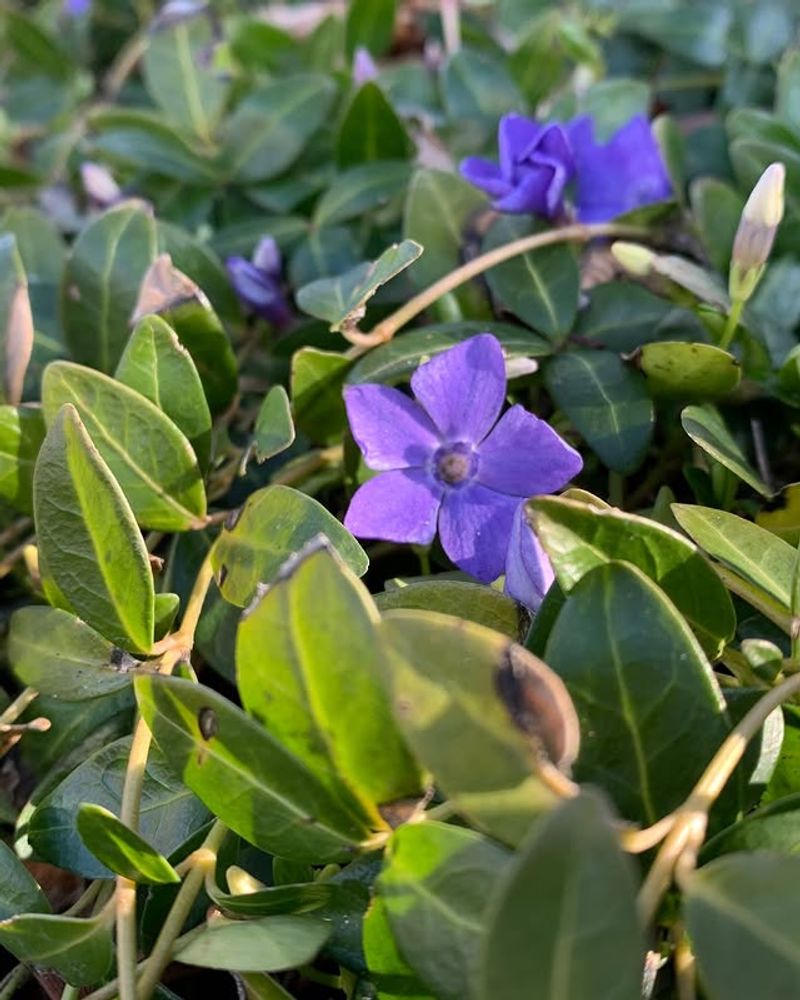Wisconsin homeowners love their gardens, but some popular plants are causing big problems for local ecosystems. Many beautiful flowers and shrubs that seem harmless can spread quickly, pushing out native plants and harming wildlife.
Suburbs across the state are now considering new rules to limit or stop the planting of these invasive species to protect Wisconsin’s natural environment.
1. Japanese Barberry
Bright red berries might look pretty in fall, but Japanese barberry creates dense thickets that crowd out native wildflowers. Birds spread the seeds everywhere, making this shrub pop up in yards and forests alike.
The thick branches also provide perfect hiding spots for ticks that carry Lyme disease. Many garden centers still sell this plant, though several Wisconsin communities want to change that soon. Native alternatives like serviceberry offer similar beauty without the problems.
2. Burning Bush
Everyone loves the brilliant red color this shrub turns in autumn, making it a favorite for landscaping projects. Unfortunately, burning bush spreads its seeds into nearby woods and prairies, taking over spaces meant for native plants.
Once established in natural areas, it forms dense patches that block sunlight from reaching the ground. Garden experts recommend replacing it with native sumac or chokeberry, which offer equally stunning fall colors. Some suburbs are already limiting new plantings of this colorful invader.
3. Purple Loosestrife
Those gorgeous purple spikes look amazing along ponds and streams, but purple loosestrife destroys wetland habitats across Wisconsin. A single plant can produce millions of seeds each year, spreading rapidly through water gardens and natural marshes.
Ducks, frogs, and other wetland creatures lose their homes when this plant takes over. Native alternatives like blazing star provide similar purple blooms without harming the environment. Many Wisconsin towns already restrict planting this wetland invader near water sources.
4. Common Buckthorn
Buckthorn seems tough and low-maintenance, which made it popular for hedges and windbreaks decades ago. Birds eat the berries and spread seeds everywhere, allowing this shrub to invade forests and parks throughout Wisconsin.
It leafs out earlier than native plants and keeps its leaves longer, stealing sunlight from other species. The plant also changes soil chemistry, making it harder for native trees to grow. Removing buckthorn has become a major project for conservation groups statewide.
5. Lily Of The Valley
Sweet-smelling white flowers make lily of the valley a beloved addition to shady gardens. However, this plant spreads through underground stems called rhizomes, creating thick carpets that choke out native woodland flowers.
Once it escapes your garden, it invades nearby natural areas and becomes nearly impossible to remove completely. All parts of the plant are toxic to pets and children if eaten. Native alternatives like wild ginger provide excellent groundcover without the invasive behavior.
6. Dame’s Rocket
Often mistaken for wild phlox, dame’s rocket produces fragrant purple and pink flowers that gardeners adore. This plant self-seeds aggressively, spreading into prairies, forests, and roadsides where it outcompetes native wildflowers.
Each plant can produce thousands of seeds that remain viable for years in the soil. While it looks pretty in bouquets, it disrupts the food sources that native butterflies and bees depend on. Wisconsin conservation groups encourage planting true native phlox instead of this European invader.
7. Multiflora Rose
Farmers once planted multiflora rose as living fences to contain livestock, but that decision backfired spectacularly. Sharp thorns and arching canes create impenetrable thickets that take over pastures, forest edges, and abandoned fields.
Birds eat the small rose hips and deposit seeds far and wide, spreading the problem. The dense growth prevents native plants from establishing and makes hiking trails nearly impassable. Removing established plants requires years of persistent effort, frustrating landowners and conservation workers alike.
8. Norway Maple
Shade-tolerant and fast-growing, Norway maple became a popular street tree throughout Wisconsin suburbs. Seedlings sprout readily under the parent tree and in nearby forests, gradually replacing native sugar maples and other hardwoods.
The dense canopy and shallow roots make it difficult for other plants to grow underneath. Fall leaves decompose slowly, changing soil conditions in ways that harm native species. Many communities now encourage planting native maples instead of this European import for new street tree projects.
9. Goutweed
Variegated leaves and vigorous growth made goutweed seem perfect for covering difficult shady spots. Underground rhizomes spread relentlessly, sending up new shoots that quickly dominate garden beds and escape into natural areas.
Even tiny root fragments left in the soil can sprout into new plants, making removal extremely challenging. The plant forms such dense mats that nothing else can grow through it. Gardeners who plant it often spend years regretting the decision and fighting to reclaim their yards from this persistent invader.
10. Crown Vetch
Highway departments once planted crown vetch to control erosion on steep slopes and roadside banks. Pink flowers look attractive in summer, but the plant spreads aggressively through both seeds and creeping roots.
It escapes into prairies and natural areas, forming dense mats that exclude native plants completely. The plant fixes nitrogen in the soil, altering nutrient levels in ways that harm native prairie species. Modern erosion control methods use native grasses and wildflowers instead of this problematic European import.
11. Creeping Bellflower
Delicate purple bells seem charming when they first appear in flower beds, but creeping bellflower quickly becomes a gardener’s nightmare. Deep taproots and spreading rhizomes make this plant nearly impossible to remove once established.
It invades lawns, gardens, and natural areas with equal enthusiasm, crowding out desirable plants. Even small root pieces left behind after weeding will regenerate into new plants. Many Wisconsin gardeners consider it their most frustrating invasive species because traditional removal methods rarely work completely.
12. Yellow Iris
Bright yellow blooms brighten up water gardens and pond edges, making yellow iris a popular ornamental choice. However, this plant spreads rapidly through wetlands, streams, and ditches, forming dense colonies that exclude native aquatic plants.
The thick rhizomes stabilize soil so effectively that they can alter natural water flow patterns. Fish and wildlife lose important habitat when yellow iris takes over. Native blue flag iris provides similar beauty for water gardens without threatening Wisconsin’s wetland ecosystems and natural waterways.
13. Periwinkle (Vinca)
Glossy leaves and cheerful purple flowers make periwinkle a go-to choice for shady groundcover. Trailing stems root wherever they touch soil, allowing the plant to spread far beyond garden boundaries into woodland areas.
It forms such thick mats that tree seedlings and native wildflowers cannot establish themselves. The plant remains green year-round, continuing to spread even when native plants are dormant. Native wild ginger or woodland phlox offer excellent alternatives for shady spots without the invasive tendencies.

